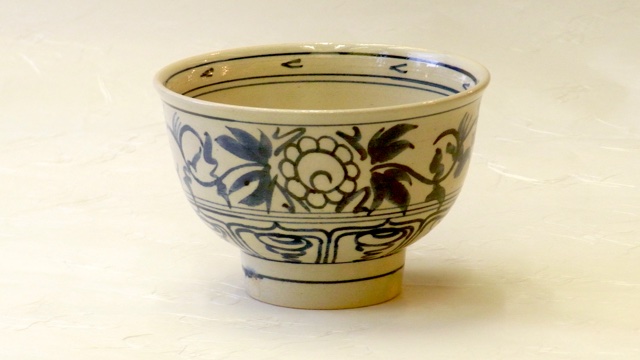
Annam is a general term for porcelain made in Vietnam. In Vietnam, under the influence of Chinese ceramics, celadon and white porcelain were fired early, but from the 14th and 15th centuries, sometsuke and red painting began to be produced.
On the other hand, there was a considerable amount of trade between Japan and Vietnam from the end of the Muromachi period to the beginning of the Edo period.
As a result, a lot of Vietnamese ceramics came to Japan. Tea bowls, tea containers, water jars, and bowls are loved by tea masters.
There are plain Anna, Gosu Anna, Anna celadon, Anna red painting, Anna shibori (sometsuke), etc.
Annan dyeing called "shibori" is the most prized and abundant, and in Japan, "Nagoya's Ofuke ware is famous for Annam copy.

A plain tea bowl with no pattern from Annam (Vietnam), which is highly prized by tea masters.
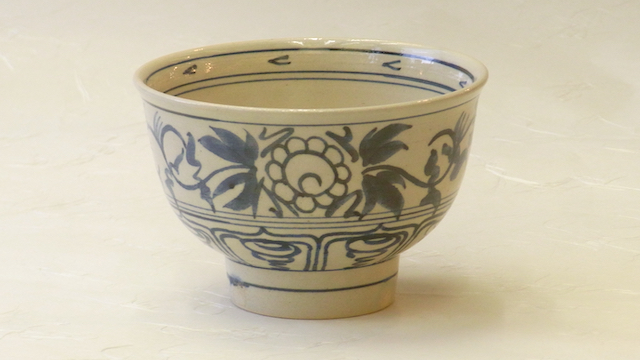
A mineral pigment used to dye porcelain. It contains iron, manganese, nickel, etc. with cobalt oxide as its main component, and develops a blue-blue or purple-blue color when exposed to a reducing flame.
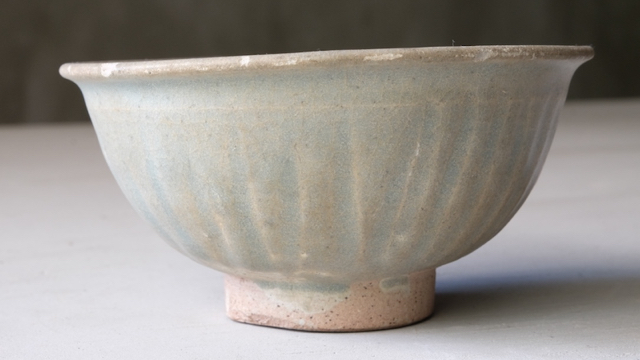
Celadon is porcelain or stoneware with a celadon glaze. It is a translucent bluish-green porcelain that is said to have originated in China around the 14th century BC.
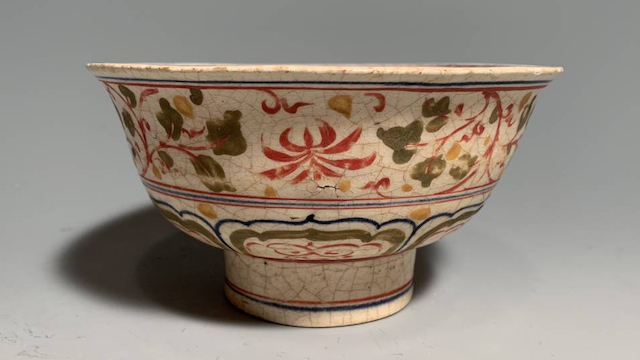
A glass-like coating that covers ceramics, and a glass-like colored glaze such as red, green, yellow, purple, and indigo that is applied to the glaze. In Japan, it is called akae because it is mainly red, and it is also called iroe, and in China it is called gosai.
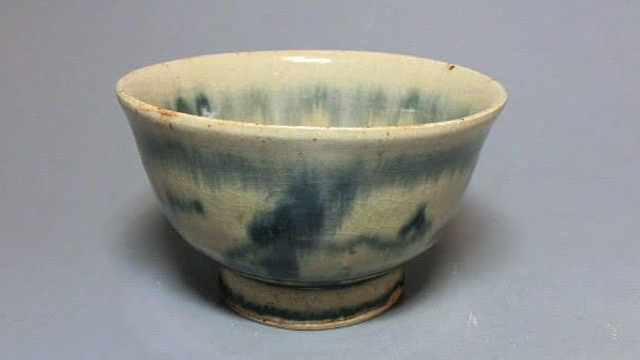
The glaze has a high ash content and is easy to melt and flow, so even in the case of the most prized shibide, it is thought that the gosu pattern flowed as the upper glaze flowed.